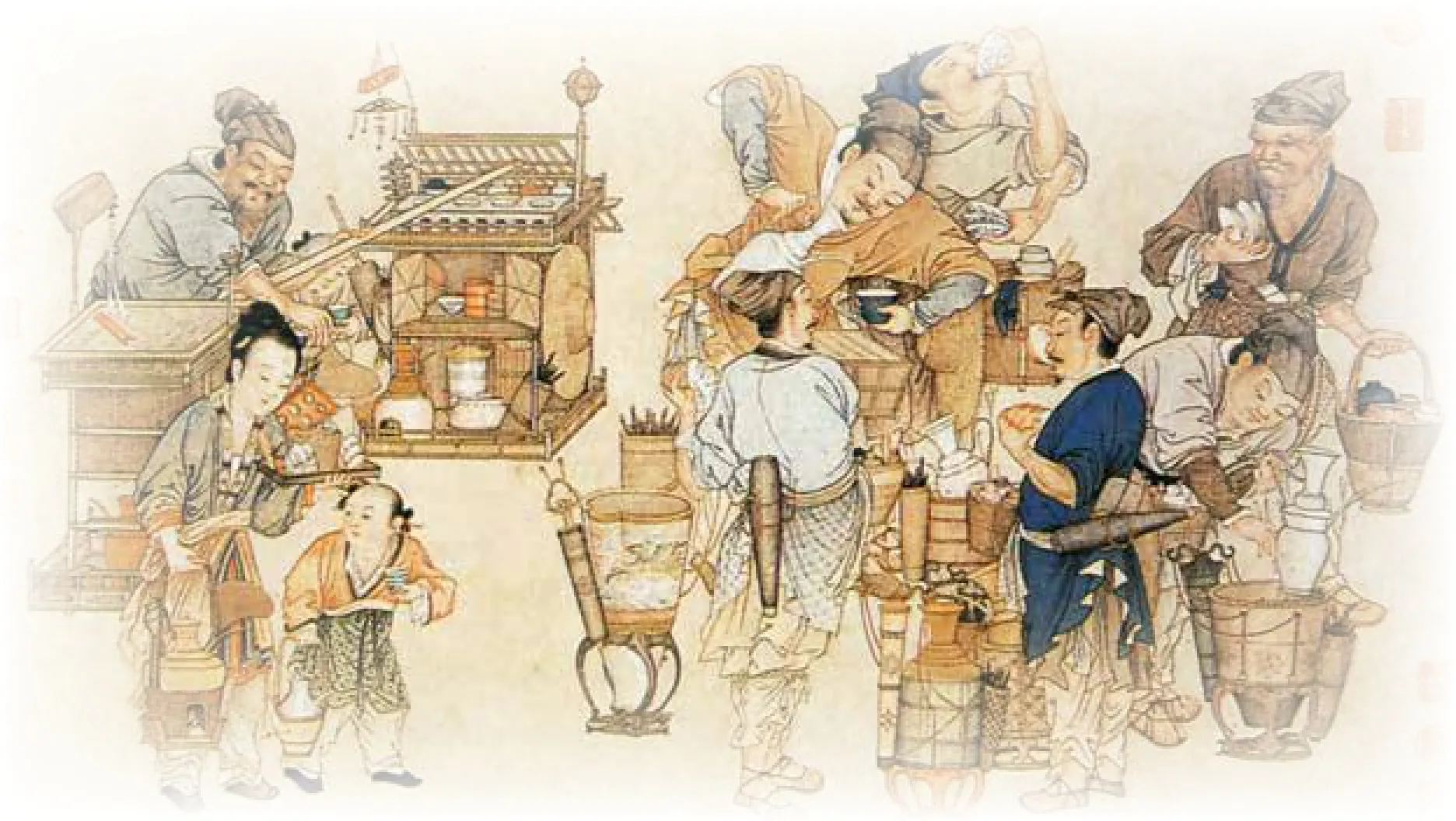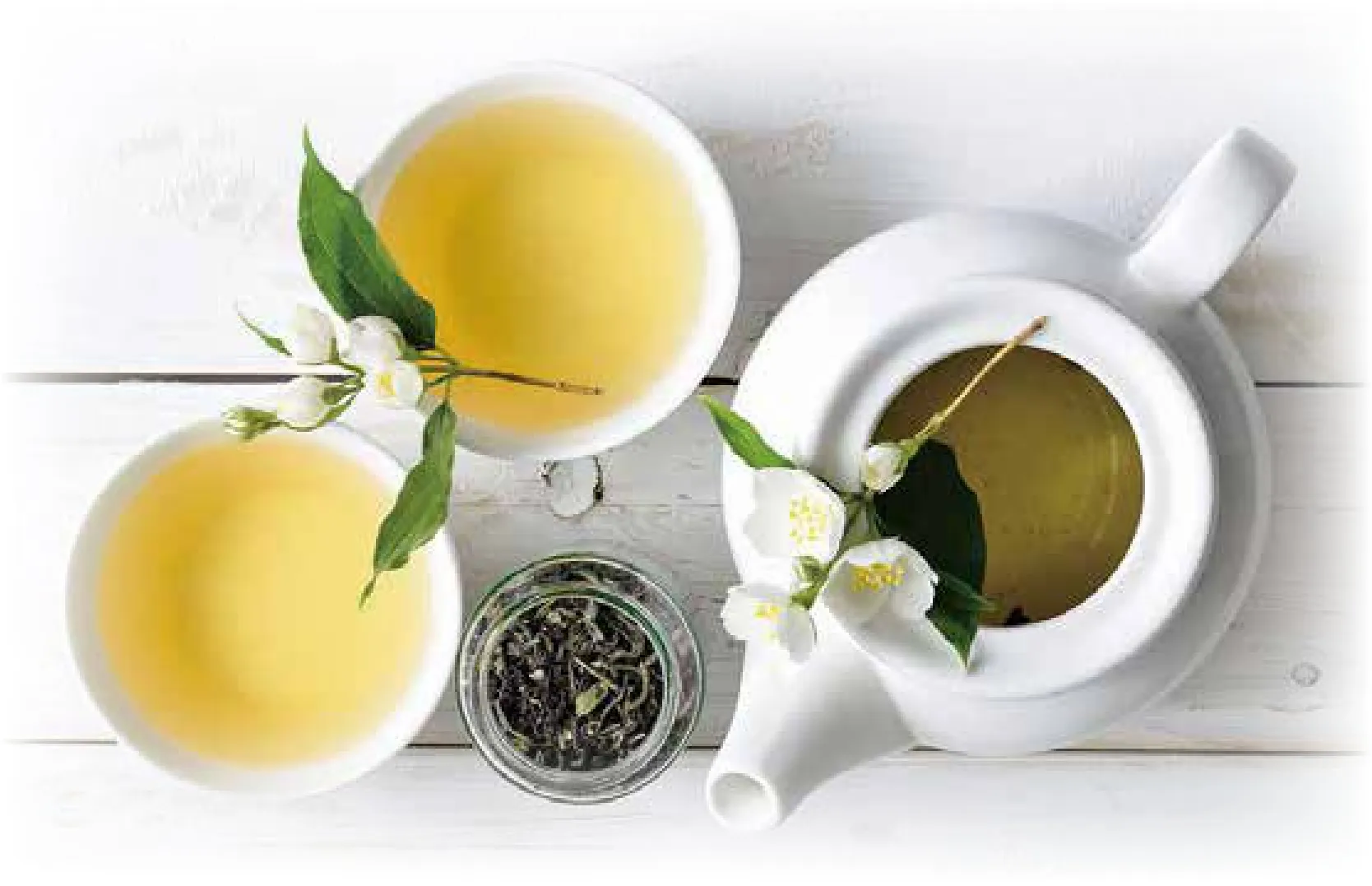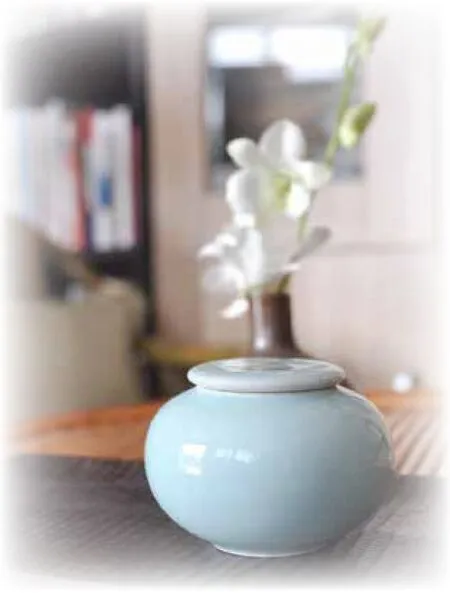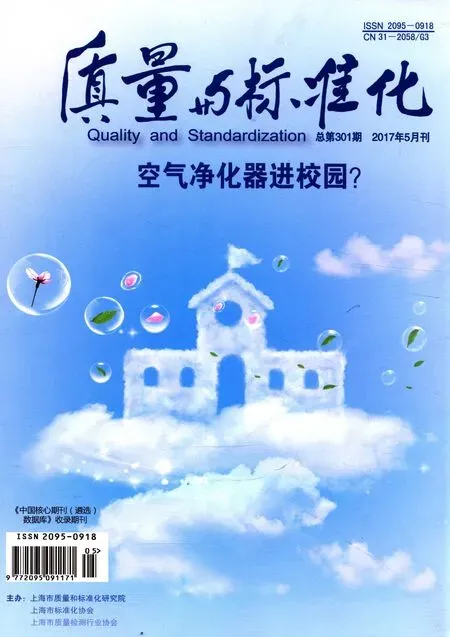色彩辉映下的时代审美
2017-09-22五花肉
文/五花肉
色彩辉映下的时代审美
文/五花肉
Aesthetic Standards on Colors in Different Times
在茶具发展的历史进程中,紫砂和瓷始终是最耀眼的双子星。与脱胎红泥的紫砂相比,温婉如玉的瓷器,跟时代的发展轨迹更加契合,伴随着茶艺的不同阶段,走出了一条色彩斑斓的进阶之路。
Purple clay and porcelain have been the two most significant representatives in the development history of tea utensils. Compared with the purple clay remolding from the red clay, porcelain demonstrates the jade-like gentility and fits more closely with the development track of time. Porcelain has pursued a gorgeous way to advance over different stages in the development of tea art.
青与绿的美感——唐代越瓷
The Beauty in the Turquoise and Green—Yue Porcelain in Tang Dynasty
煮茶和煎茶的盛行,带动了唐代越瓷的发展,形成了完善的工艺标准体系。在形制上,越瓷讲究“纹为衣,型为骨”,茶托、茶盏以荷花、莲花为主型,饰纹多见莲蓬、萱草;在釉彩上,以艾青色为佳,要求秘色青瓷搭配绿色茶汤,形成了“捩翠融青”的独特审美标准。

The prevailing of boiling tea and fried tea pushes the development of Yue porcelain in Tang Dynasty. Thus, Yue porcelain has formed the completed technological standard system. In terms of shape, it adopts the theory of "regarding the shape as the bones while the decoration as clothes". Mainly, the saucer and tea cup is made in the shape of lotus and water lily while its decoration is painted lotus seedpod and daylily. In terms of glaze, the color of turquoise is highly recommended. The turquoise-glazed tea ware filling with green tea soup demonstrates the aesthetic standards at that time.
黑与白的交融——宋代黑瓷
The Mingle of Black and White—Black Porcelain in Song Dynasty
到了宋代,主流的茶艺变成了斗茶。因为时人更加偏爱白色的茶汤,选择茶具的标准也相应地从尚青演化为尚黑,尤以建州“黑瓷”为上品。
In Song Dynasty, tea-fight becomes the mainstream tea art. People in Song Dynasty prefer white tea soup, so they prefer to choose black-glazed tea ware instead of turquoise ones. The black porcelain made in Jianzhou is regarded as the top-grade ones.
以实用高雅的功能之美和浑然天成的釉色之美闻名的建州黑瓷,在产品质量上要求更加精细。造型追求古朴自然,口部的直线与侧壁的曲线,要对比营造出舒展而挺拔的流畅线条,与宋代推崇的含蓄内敛和简洁典雅暗中契合。再配合独特的釉料配比、烧制时间、温度控制等工艺标准,最终造就了黑瓷“清水出芙蓉,天然去雕饰”的独特艺术魅力。

Jianzhou black porcelain, famous for its exquisite function and nature-like glaze, has fine requirements in product quality. It strives for simplicity and nature in shape. The straight line in the top edge and the curve in the side should form natural and smooth line to conform with the reserved, simple and elegant features which are highly recommended in Song Dynasty. Additionally, the unique technological standards such as glaze composition, firing time andtemperature control together with features mentioned above, create the uniqueness of simple and natural artistic charm of black porcelain.

白与绿的和谐——元明白瓷
The Harmony in White and Green—White Porcelain in Yuan and Ming Dynasty
元明之际,更加方便直接冲泡的散茶开始成为主流,更能衬托绿色茶汤的白瓷逐渐成为茶具舞台的主角,并沿用至今。
In Yuan and Ming Dynasty, the loose tea, which is easier to use, wins the dominant status. White porcelain can better set the green tea soup off and it thus gradually wins the leading position in the field of tea ware until today.
作为当时最具声望的茶具代表,景德镇枢府白瓷和德化白瓷虽然同属白瓷,釉彩工艺却截然不同。前者采用“碱钙釉”工艺,氧化钙含量较高;后者则采用“钾钙釉”工艺,氧化钾含量较高。不同的工艺标准也造就了各自的独特美感,枢府白瓷温润而不透明,釉色类似鸭蛋壳,形成独特的“卵白色”;德化白瓷晶莹如玉,釉面滋润似脂,以“猪油白”著称。两“白”交相辉映,同样蜚声海内外。
As the most prestigious representatives in tea ware, Shufu white porcelain and Dehua white porcelain in Jindezhen differ in glazing method although both of them are white porcelain. The former adopts the method of "alkali calcium glaze" and has high composition of calcium oxide while the latter adopts the method of "potassium calcium glaze" and has high composition of potassiumoxide. Different technological standards result in different special aesthetic feelings. Shufu white porcelain, gentle and nontransparent, has the unique egg-like white glaze color which is similar to the color of duck egg shell. The jade-like Dehua white porcelain is famous for its milk white color. These two kinds of white porcelain enhance each other's beauty and win excellent reputation at home and abroad.
结 语
Conclusion
瓷和茶,犹如携手并进的一对知音,吸收香茗之精华,蕴含文人之灵气,在历史变迁的文化长河中,逐渐成为华夏民族精神文化的重要象征。
Porcelain and tea are just like a couple of bosom friends advancing and developing together, they absorb the essence of tea and embrace the spirit of literati. Along with the historic development, porcelain and tea gradually become the important symbols of Chinese spiritual culture.
(支持单位:上海市质量和标准化研究院)
